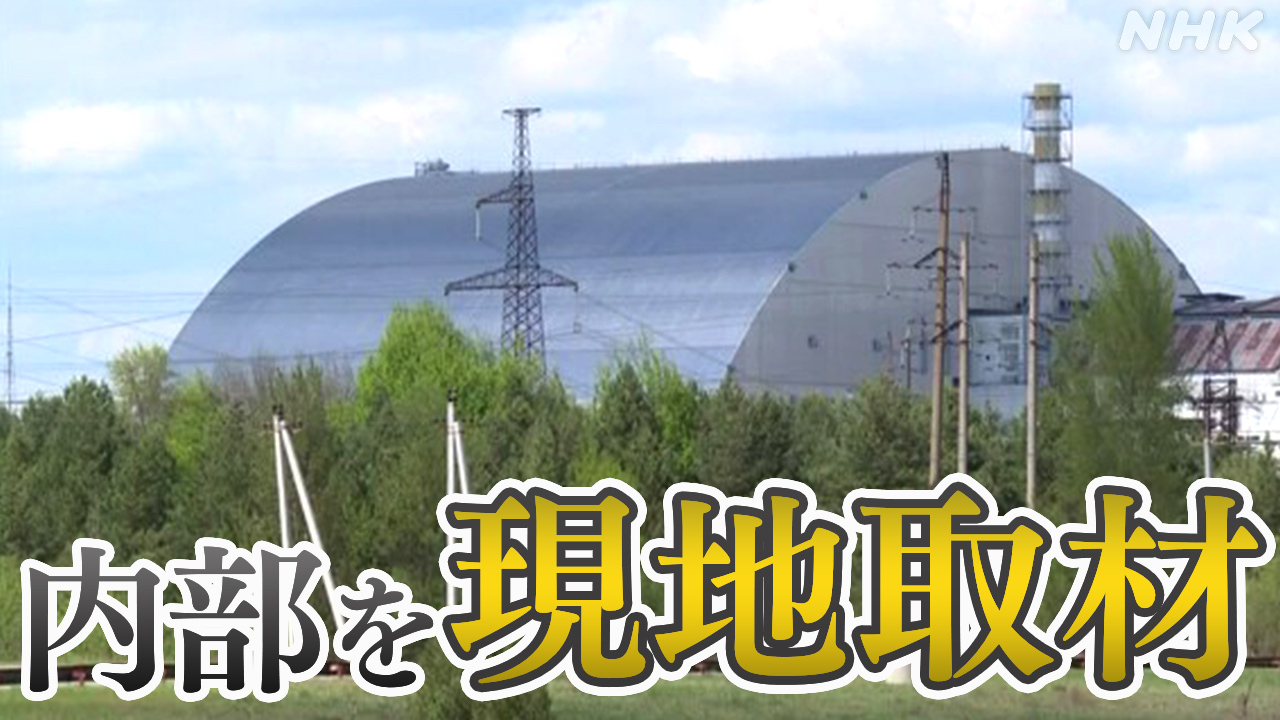Post-Attack: Chernobyl Shelter's Current State – A Look at Resilience and Ongoing Challenges
The Chernobyl disaster, a catastrophic nuclear accident in 1986, left behind a legacy of devastation and the urgent need for a secure shelter. Thirty-seven years later, the Chernobyl New Safe Confinement (NSC), a monumental arch built to encase the damaged reactor, stands as a testament to human ingenuity. But what is the current state of this vital structure, and what challenges remain in the post-attack landscape of this contaminated zone?
The Chernobyl New Safe Confinement: A Modern Marvel Facing Modern Challenges
The NSC, completed in 2016, is a marvel of engineering, a massive arch designed to contain the radioactive debris from Reactor 4. Its construction was a complex and ambitious undertaking, demanding precision and safety protocols unlike any seen before. This colossal structure is significantly more than just a shelter; it's a crucial step in the ongoing decommissioning process of the Chernobyl Nuclear Power Plant.
Current State and Ongoing Maintenance:
- Structural Integrity: Regular inspections and monitoring are crucial to ensure the NSC’s long-term structural integrity. While currently stable, the effects of radiation and weather necessitate ongoing maintenance and repairs.
- Radioactive Material Containment: The primary function of the NSC remains the secure containment of radioactive materials. Leaks are continuously monitored, and any detected issues are addressed swiftly. Technological advancements in radiation monitoring contribute to efficient detection and response.
- Decommissioning Progress: The NSC facilitates the safe dismantling and removal of the damaged reactor's core. This complex process is a long-term project, requiring meticulous planning and execution.
- Environmental Impact Monitoring: The surrounding environment continues to be monitored for any potential release of radiation, ensuring the safety of both workers and the surrounding ecosystem. This includes assessing the impact on wildlife and vegetation in the Chernobyl Exclusion Zone.
Beyond the Arch: The Broader Challenges in Chernobyl
While the NSC represents a significant achievement, the challenges in Chernobyl extend far beyond the containment of Reactor 4.
Long-Term Sustainability and Funding:
Maintaining the NSC and continuing the decommissioning process requires significant ongoing funding. International collaboration and continued support are vital for ensuring the long-term sustainability of this critical project.
The Future of the Chernobyl Exclusion Zone:
The future of the Chernobyl Exclusion Zone remains a complex topic. While some areas show signs of ecological recovery, the area remains largely uninhabitable due to radiation. Ongoing research explores the long-term effects of radiation on the environment and potential future uses of the area.
Scientific Research and Data Collection:
Chernobyl remains a crucial site for scientific research. Data collected on the long-term effects of radiation on the environment and human health provides valuable insights for managing future nuclear accidents and developing effective remediation strategies.
Conclusion: A Legacy of Resilience and Ongoing Work
The Chernobyl New Safe Confinement stands as a testament to human resilience and the commitment to mitigating the consequences of a devastating nuclear accident. However, the work is far from over. Ongoing maintenance, decommissioning efforts, and continued scientific research are all critical for ensuring the long-term safety and managing the legacy of Chernobyl. The future requires sustained international cooperation and investment to successfully navigate the challenges that remain.
Keywords: Chernobyl, Chernobyl New Safe Confinement, NSC, Chernobyl disaster, nuclear accident, radiation, decommissioning, exclusion zone, environmental impact, safety, maintenance, scientific research, international cooperation, funding, post-attack, current state.
(Note: This article would benefit from incorporating relevant links to reputable sources such as the Chernobyl Forum, the World Nuclear Association, and relevant scientific publications. Images and videos would also significantly enhance engagement.)
